Sperlinga
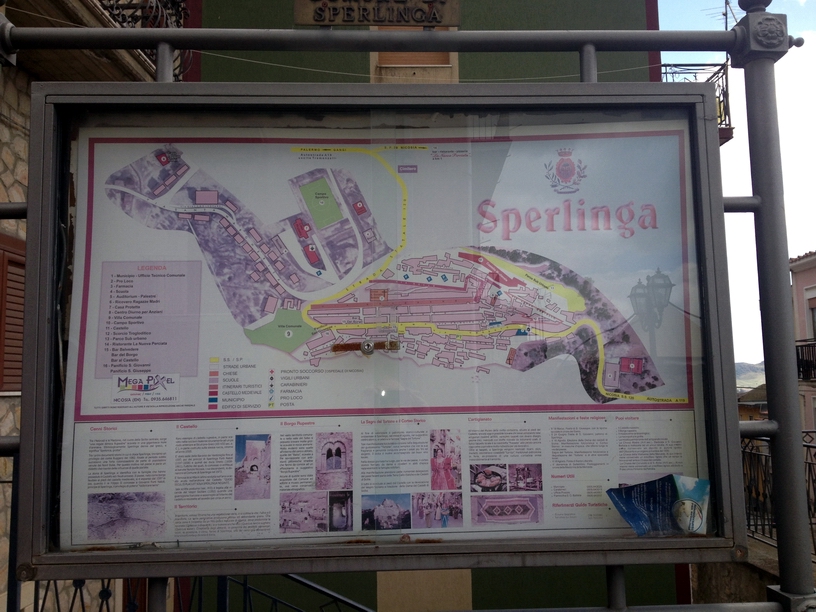
Sperlinga

Sperlinga comes from the ancient Greek that means grotto.
The inhabitants speak a strange dialect called Galloitalico,
unique to this this part of Sicily. It is believed to have come from Sperlinga's
first immigrants who came from Northern Italy and South of France during
Norman period of 1061 to 1137.
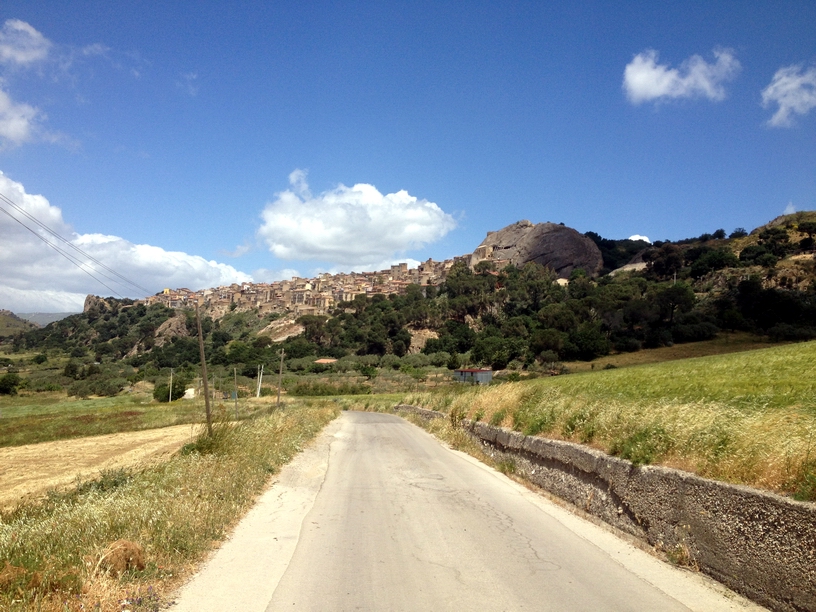

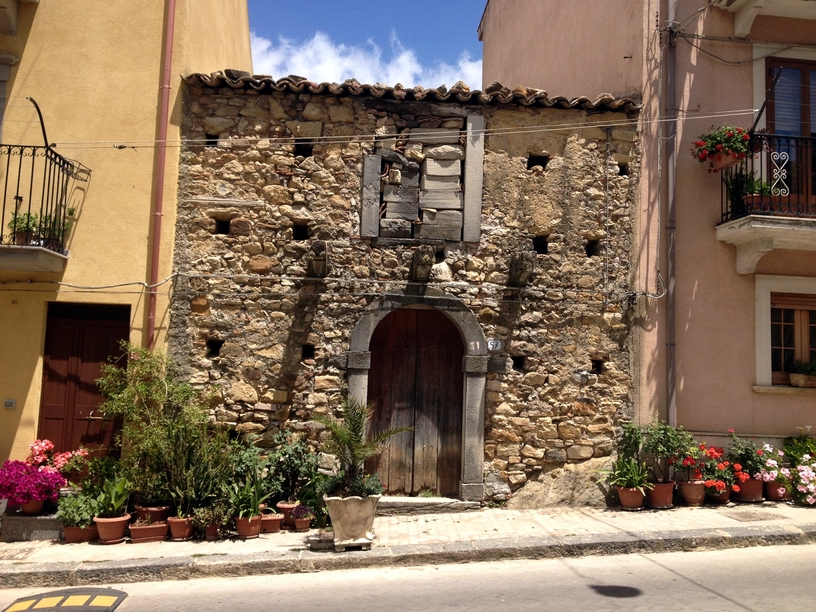
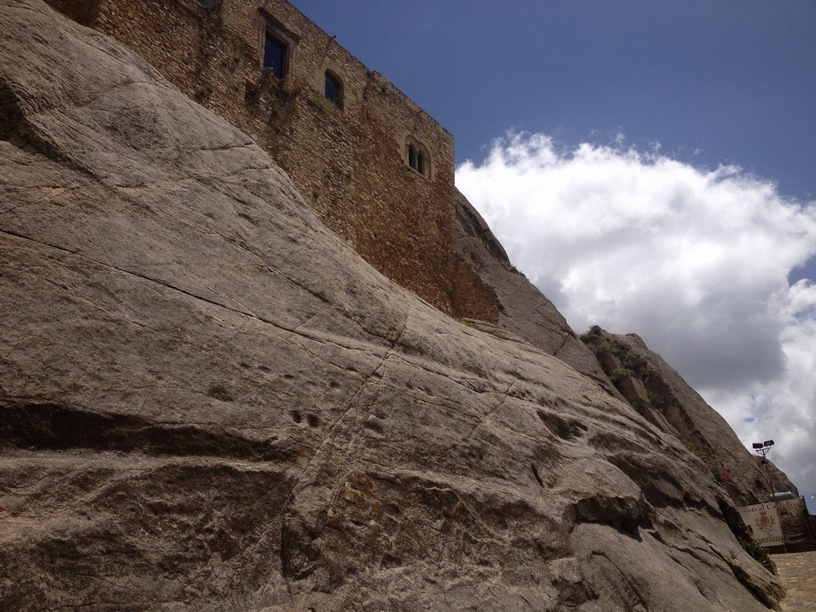
The small hilltop settlement began as troglodyte community
contemporary with the Sicani, dating around 1,000 BC. However, during the
Middle Ages, a castle cut into the rock was constructed by Roger II. In
the 12th century it was reinforced by Frederick II, before passing into
the hands of the Ventimiglia in the 16th century.
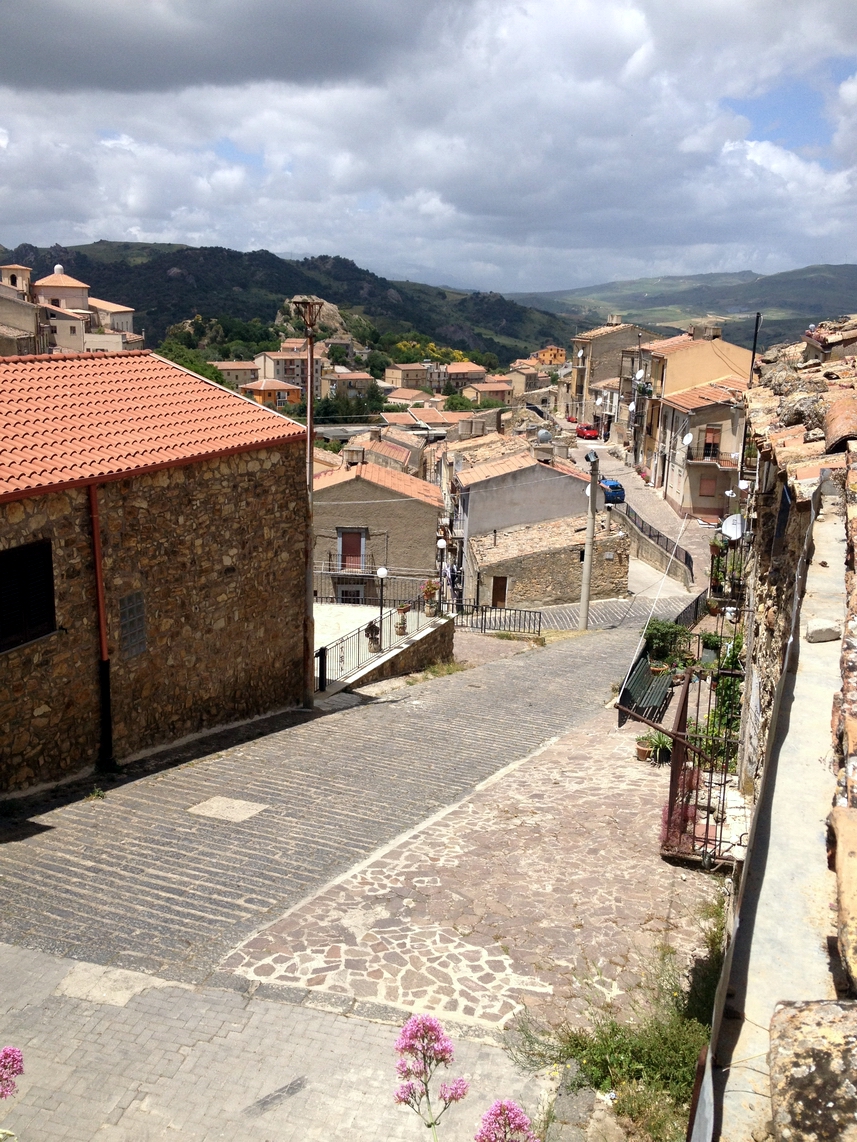
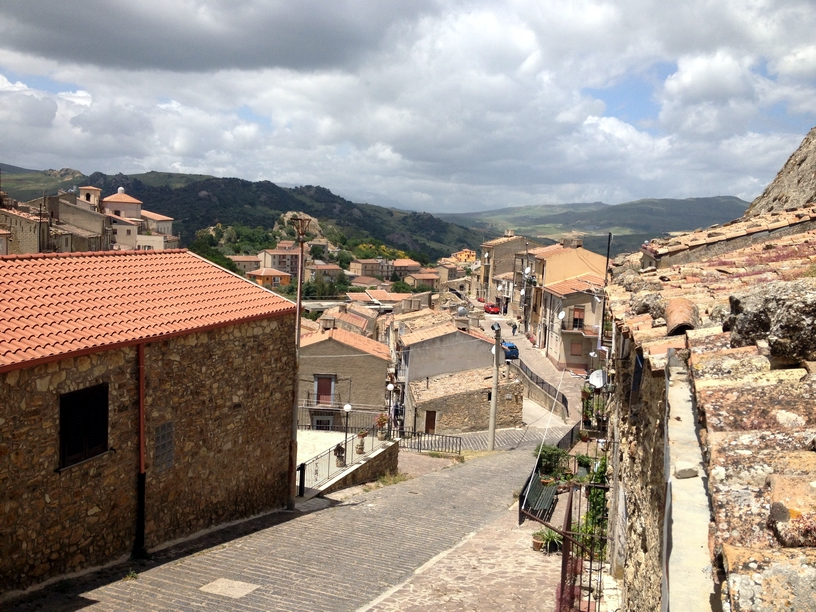
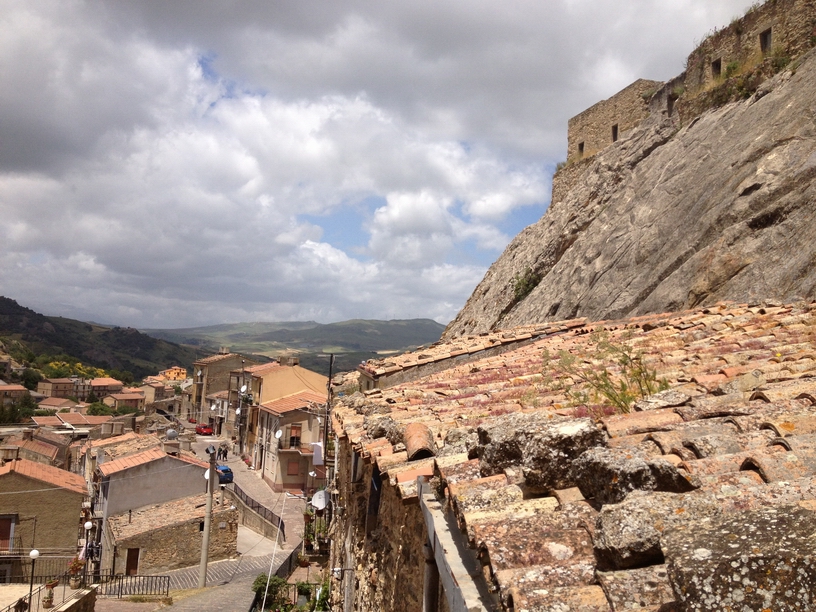
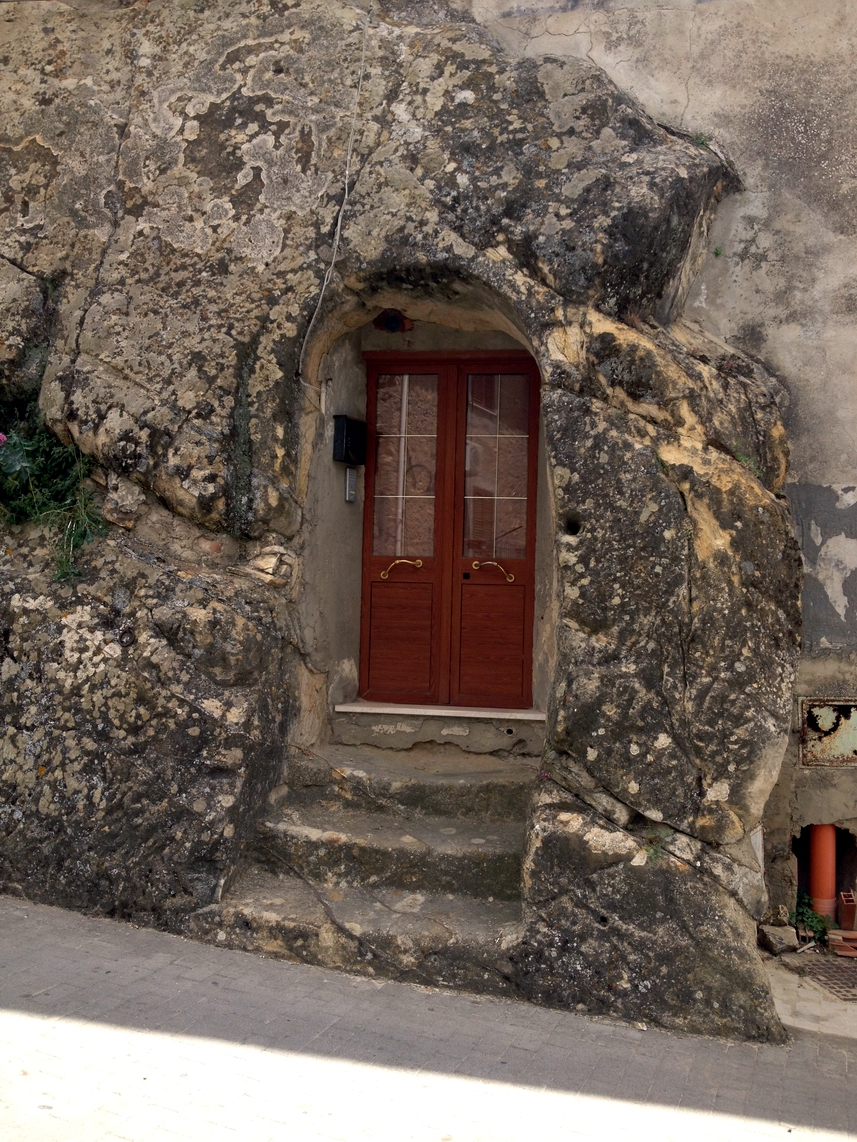
From Sperlinga's castle, there is a 360° view over
the Gangi plateu with the Madonie range behind, the Nebrodi to the north,
Mount Etna to the east and the Erei mountains to the west. To the right
an undulating ridge runs from Monte Grafagna to San Martino and links up
with the Nebrodi mountain chain.
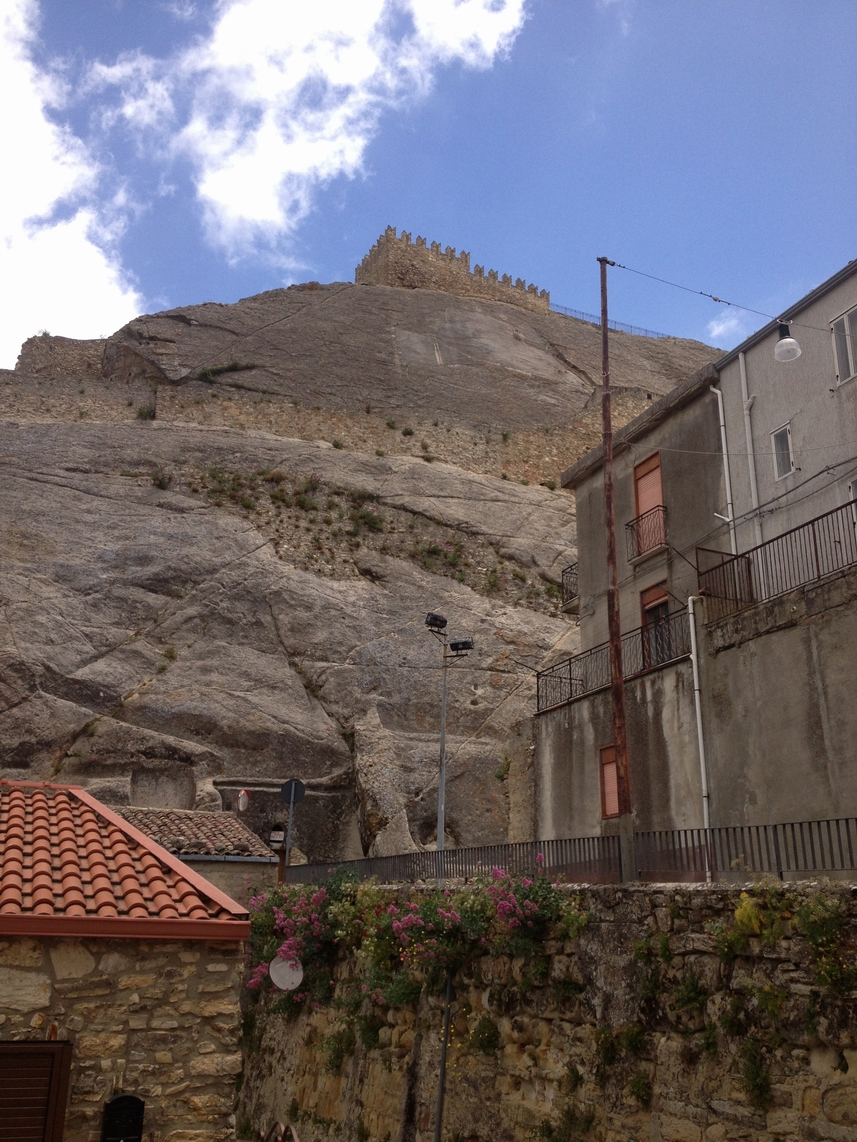
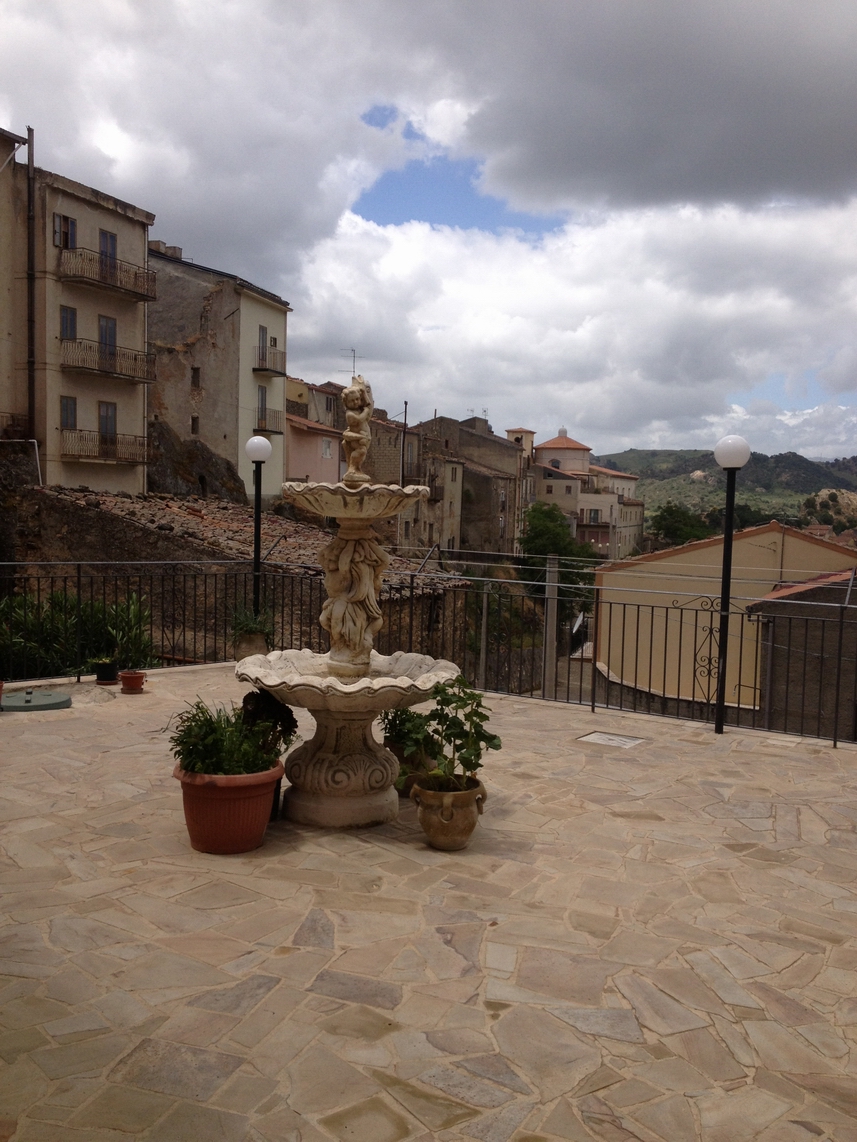
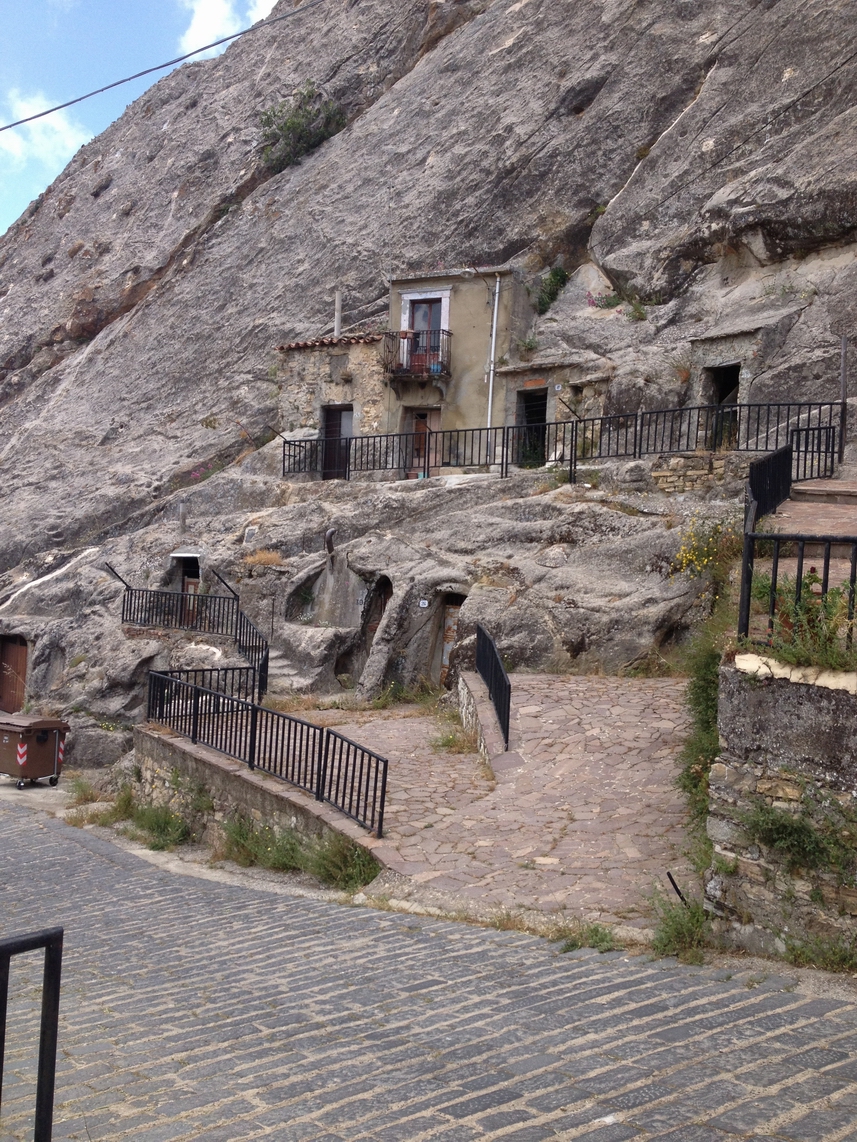
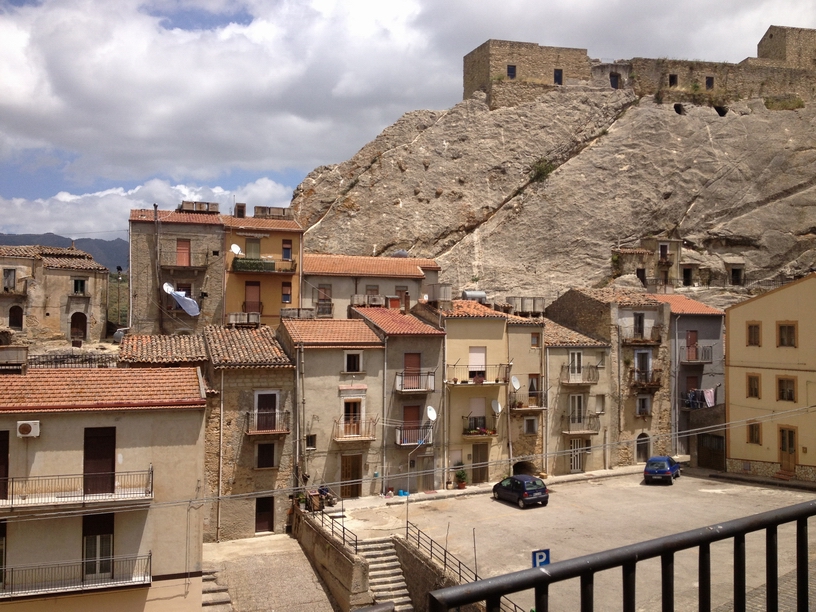

The town’s greatest moment of glory is the legend of the Sicilian Vespers (1282) when the town gave refuge to the French. Sperlinga was the only town that didn’t adhere to the revolt against the misgovernment and oppression of the Angevis, a revolt which began in Palermo and spread throughout the island. In 1283 after months of resistance Pedro of Arogana seized the town upon he announced with harsh words:
QUO SICLUIS PLACUIT SOLA SPERLINGA
NEGAVIT
(Only Sperlinga denied that
which pleased the Sicilians)
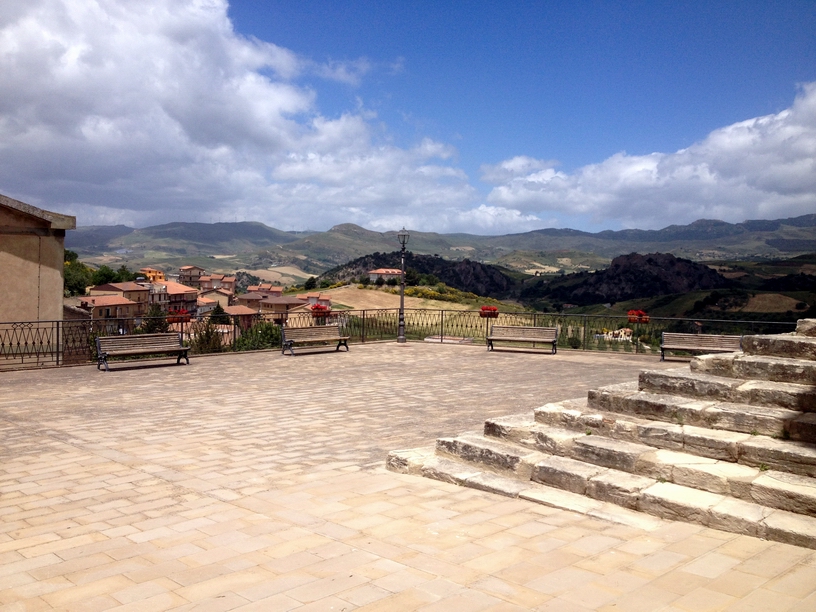
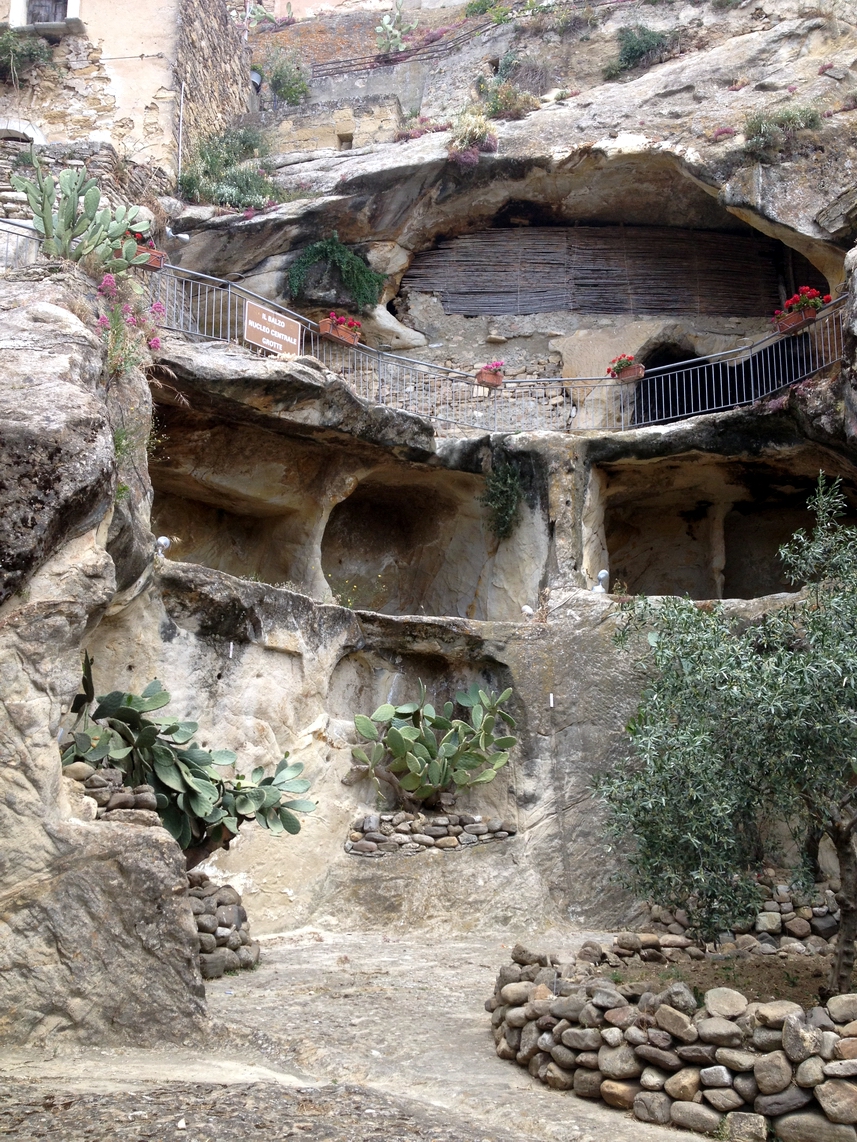
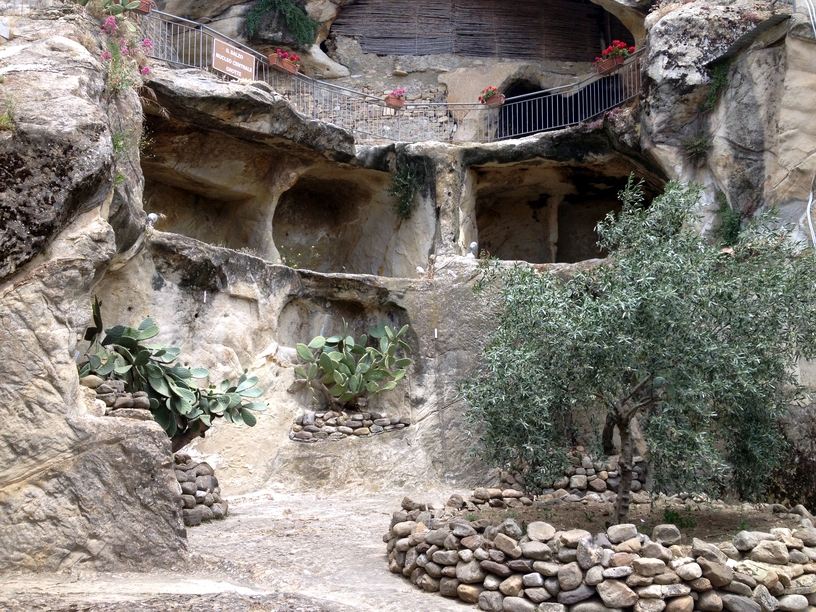
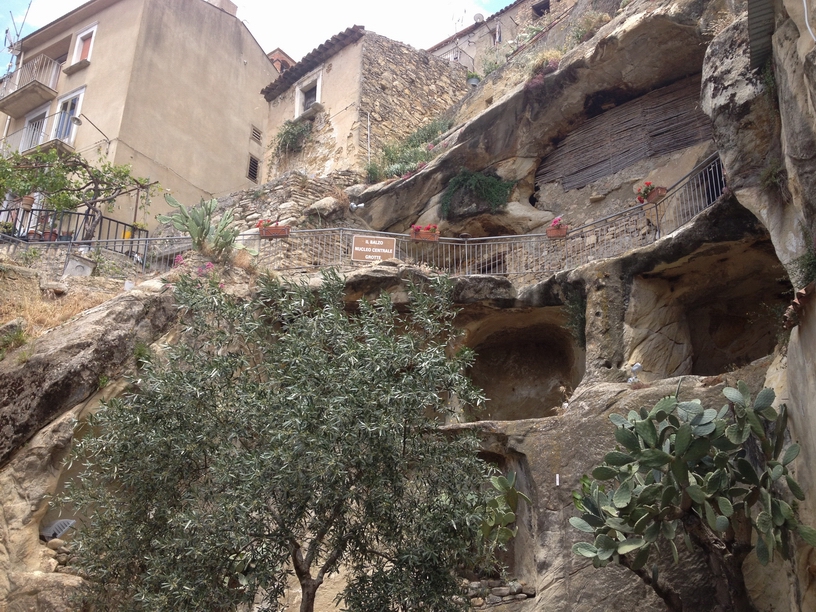

After the Ventimiglia family a few other noble families
owned the castle eventually it was purchased by the Comune of Sperlinga
for a sum of 1,000 lire which was paid only to make the contract of sale
legal.
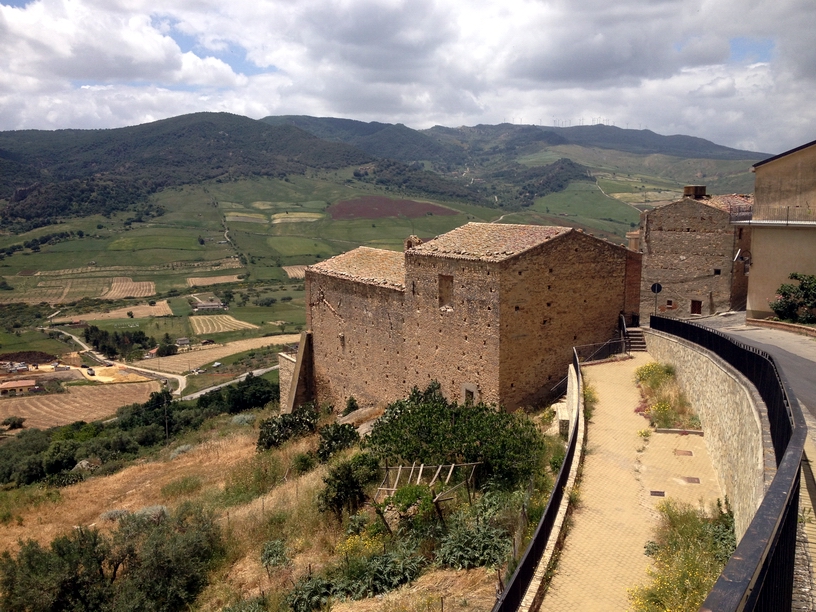
Chiesa Del Convento - Sperlinga
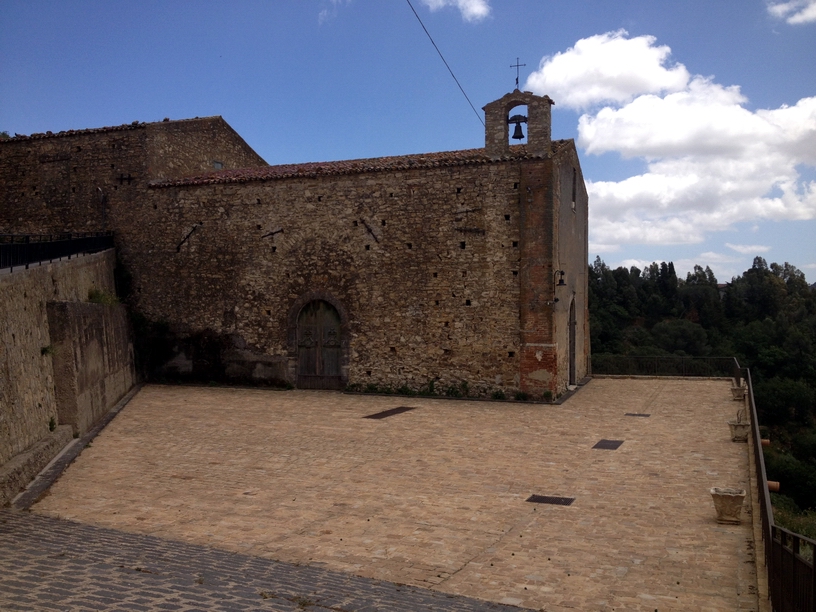
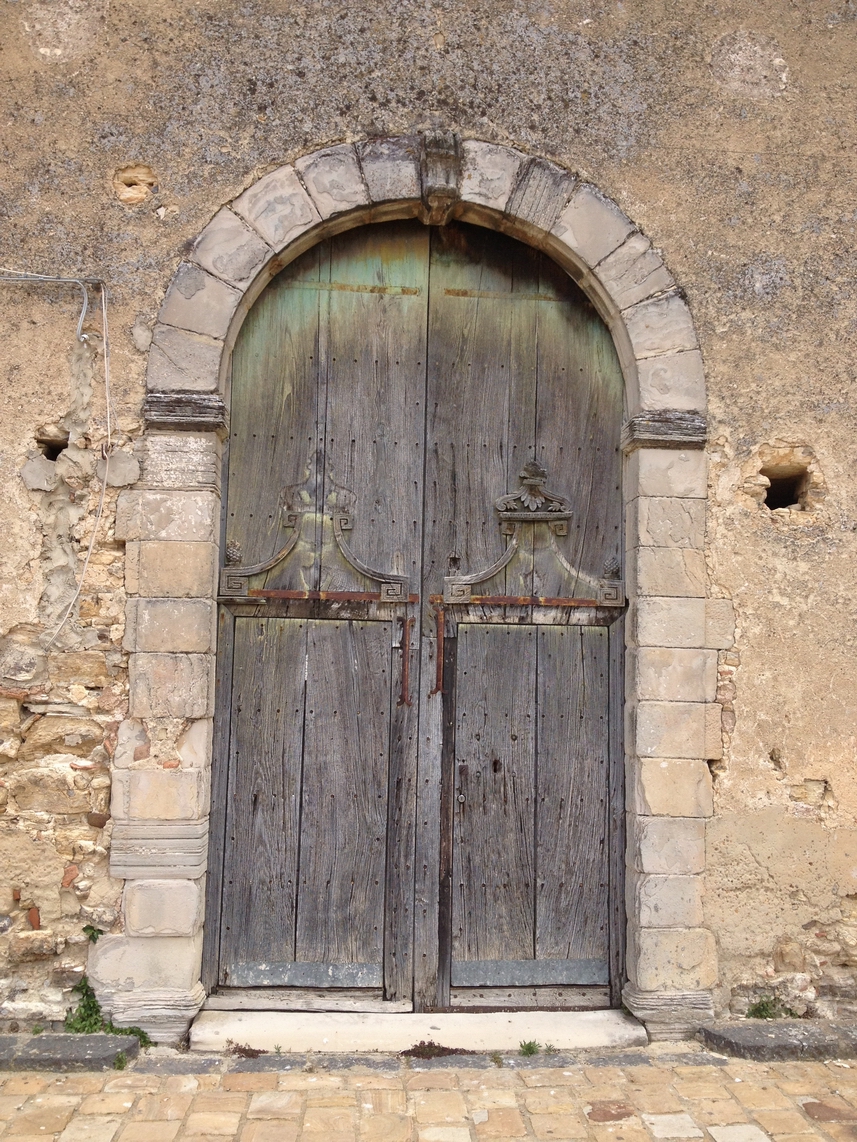
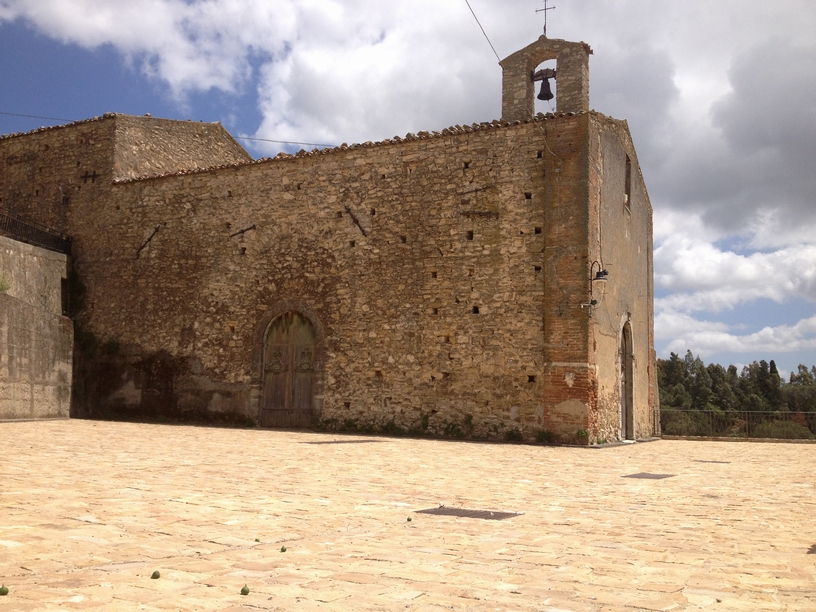
Chiesa Del Convento
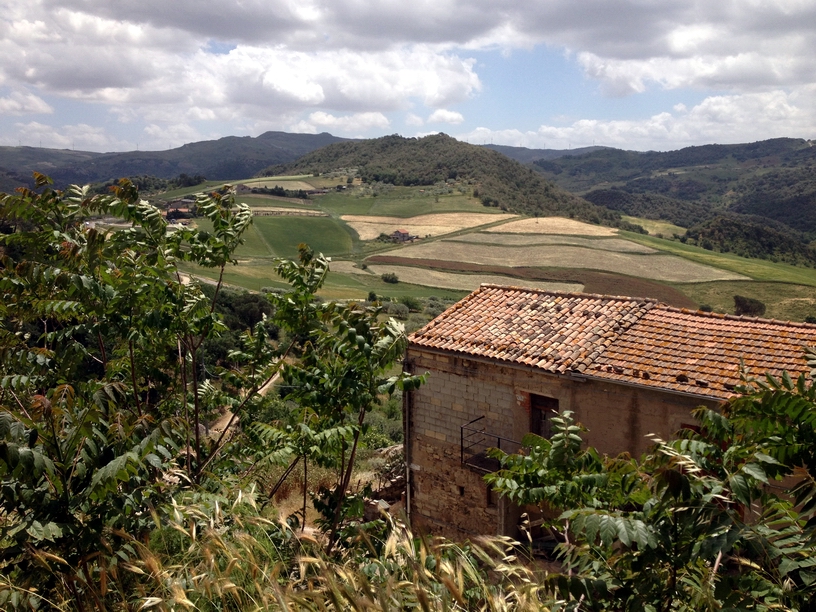
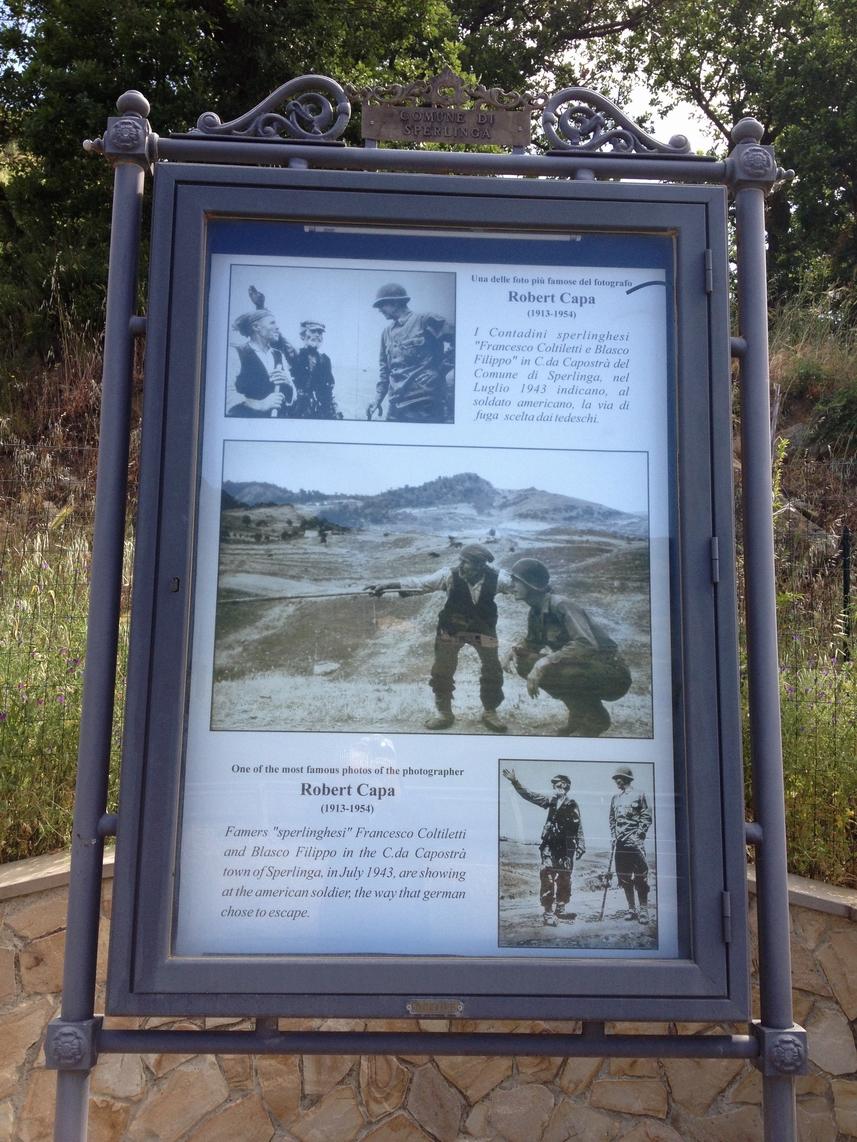
Located in Sperlinga Sicily is this memorial to Operation
Husky's iconic photo by Robert Capa.
Sperlinghesi farmer Francesco Coltiletti points the
way the German Army retreated east. July 1943.